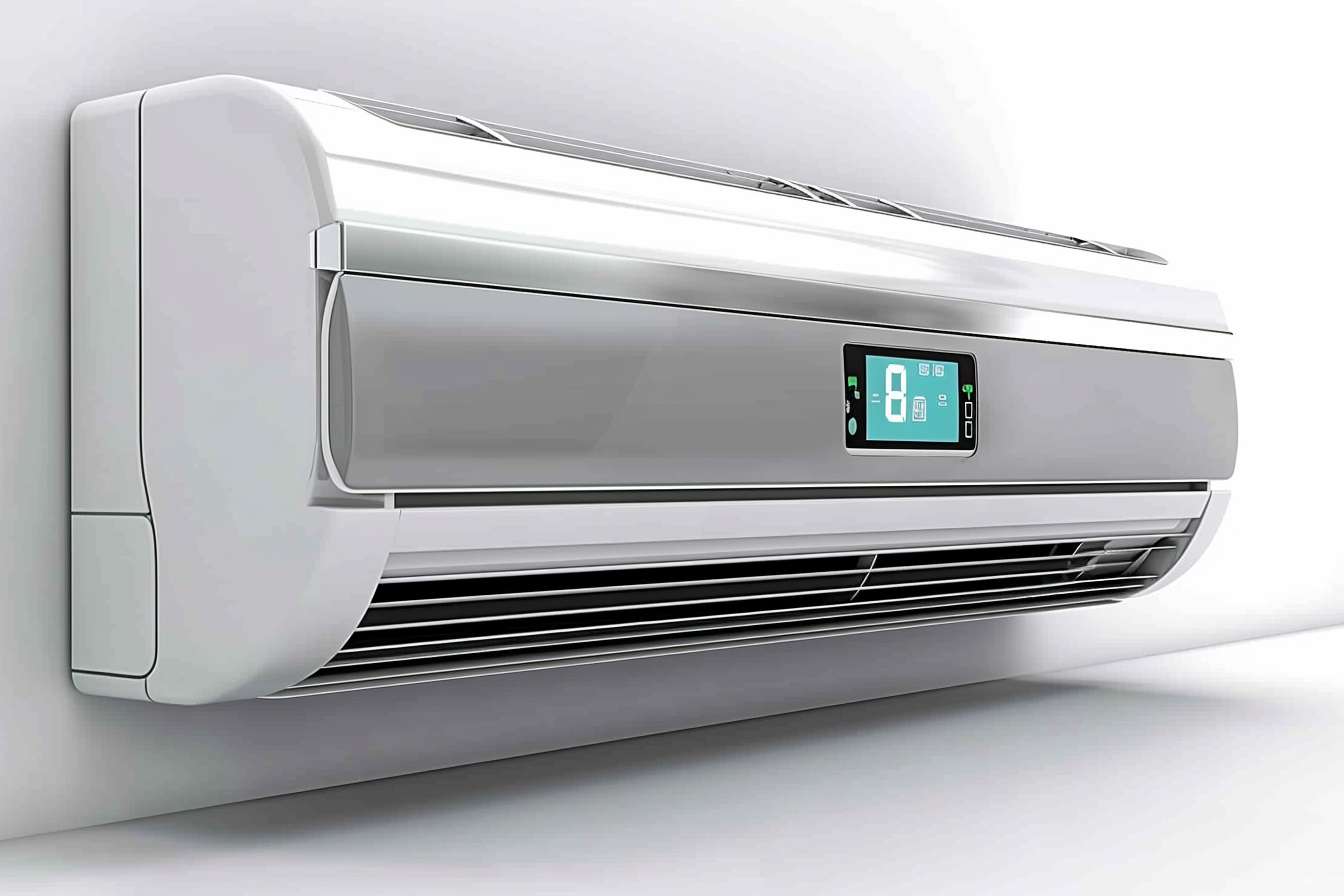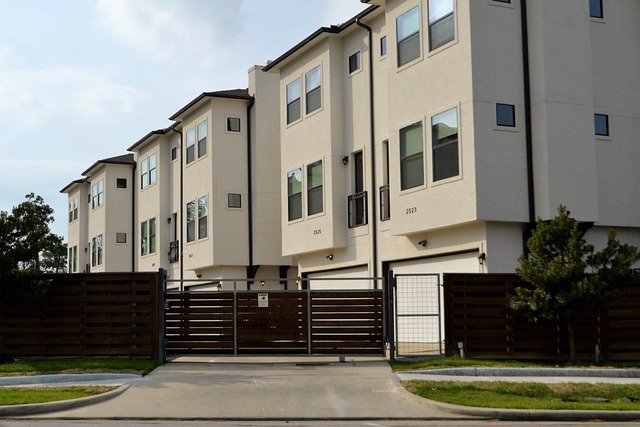Maximizing Home Comfort: The Ultimate Guide to Ductless Mini-Split Systems
Ductless mini-split air conditioning systems have revolutionized home cooling and heating, offering homeowners a flexible, efficient alternative to traditional HVAC solutions. These innovative systems provide targeted temperature control, energy savings, and sleek design that integrates seamlessly into modern living spaces. Whether you're looking to upgrade your home's comfort or seeking a more efficient cooling solution, ductless mini-splits present a compelling option for Australian homeowners.

Maximizing Comfort: Why Choose a Ductless Mini-Split System
Ductless mini-split systems offer unparalleled flexibility that traditional ducted systems simply cannot match. Unlike conventional air conditioning, these units allow for zone-specific cooling, meaning you can maintain different temperatures in different rooms. This targeted approach not only enhances personal comfort but also significantly reduces energy waste. Homeowners can install multiple indoor units connected to a single outdoor compressor, creating a customized cooling solution that adapts to your unique living space.
Unlock Savings: Energy-Efficient Ductless Mini-Split Systems
Energy efficiency is a standout feature of modern ductless systems. These units typically consume less electricity compared to traditional air conditioners, thanks to advanced inverter technology that allows the compressor to operate at variable speeds. Most modern mini-split systems boast energy efficiency ratings of up to 30% higher than conventional units, translating to substantial savings on electricity bills. Additionally, the ability to control individual zones means you’re not cooling unused spaces, further reducing energy consumption.
Advanced Features of Modern Mini-Split Air Conditioners
Today’s ductless systems come packed with cutting-edge features that go beyond basic cooling. Many models include:
-
Wi-Fi connectivity for smartphone control
-
Advanced air filtration systems
-
Quiet operation (as low as 19 decibels)
-
Heating capabilities for year-round use
-
Smart sensors that adjust temperature automatically
These intelligent features make mini-split systems more than just cooling devices – they’re comprehensive climate management solutions that enhance overall home comfort and convenience.
Guide to Sizing & Selecting Your Ideal Mini-Split System
Choosing the right mini-split system requires careful consideration of several factors:
-
Room size and layout
-
Insulation quality
-
Local climate conditions
-
Number of occupants
-
Specific cooling and heating needs
Professional assessment is crucial to ensure you select a system with the correct BTU capacity for your space. Undersized units will struggle to cool effectively, while oversized systems waste energy and create unnecessary expense.
Cost Comparison of Mini-Split Systems
| Brand | Cooling Capacity | Estimated Cost | Key Features |
|---|---|---|---|
| Daikin | 2.5 kW | $1,200 - $1,800 | Inverter technology, Wi-Fi control |
| Mitsubishi | 3.5 kW | $1,500 - $2,200 | Advanced filtration, quiet operation |
| Fujitsu | 2.0 kW | $1,100 - $1,700 | Energy-efficient, compact design |
Prices, rates, or cost estimates mentioned in this article are based on the latest available information but may change over time. Independent research is advised before making financial decisions.
Expert Installation & Maintenance for Ductless Mini-Splits
Professional installation is critical for optimal performance. Certified technicians ensure proper sizing, correct mounting, and efficient system configuration. Regular maintenance, including filter cleaning and annual professional inspections, helps maintain peak performance and extends the system’s lifespan.
Modern ductless mini-split systems represent a sophisticated approach to home climate control, blending energy efficiency, advanced technology, and personalized comfort into a single solution. By understanding their unique benefits and carefully selecting the right system, homeowners can enjoy improved comfort while reducing energy costs.




